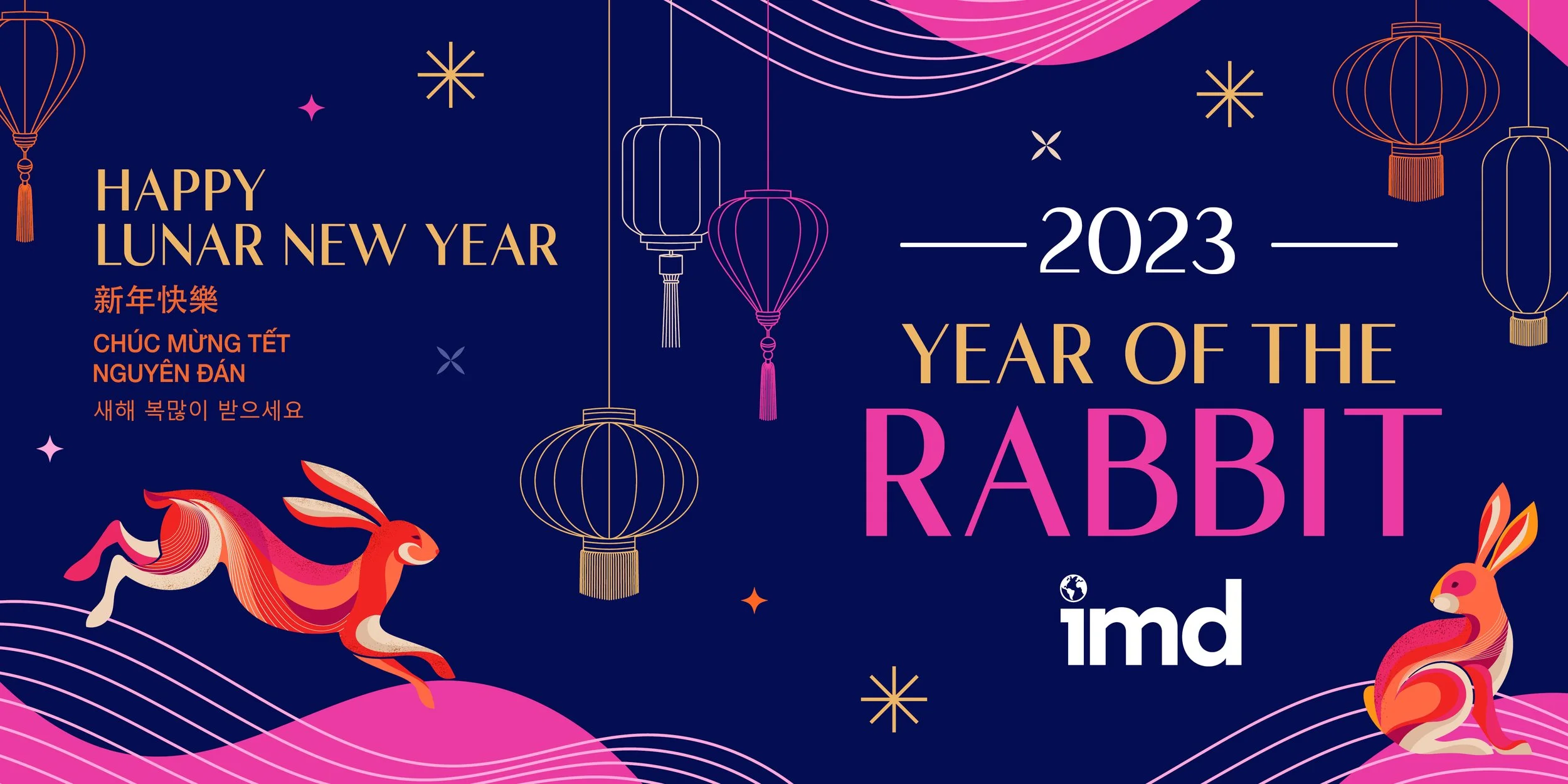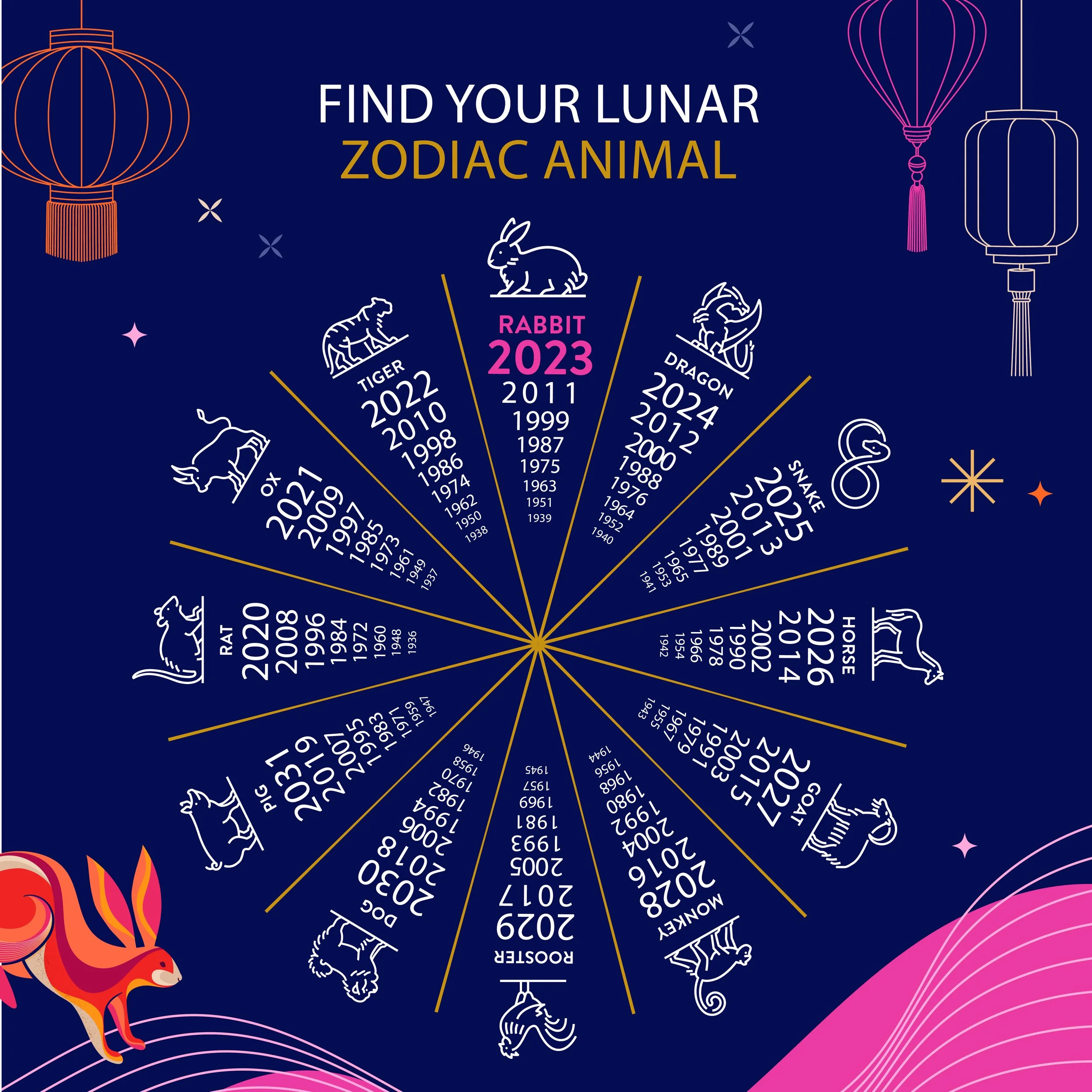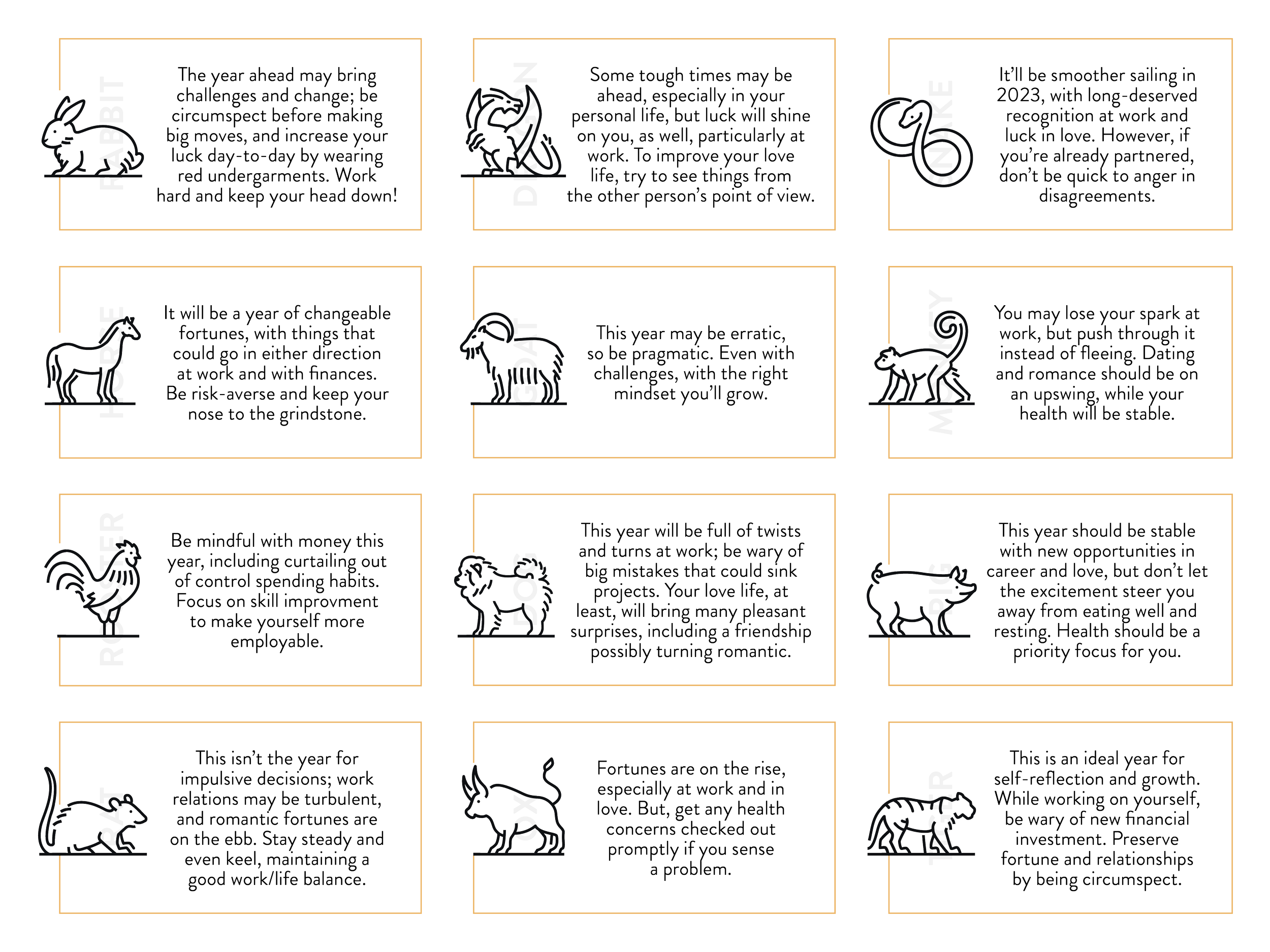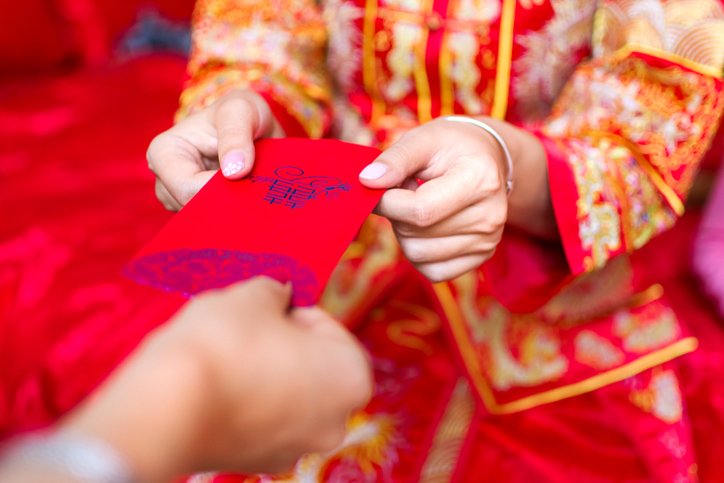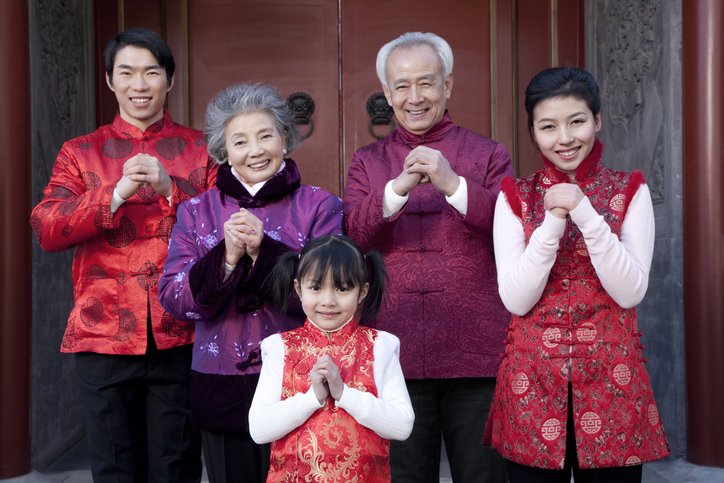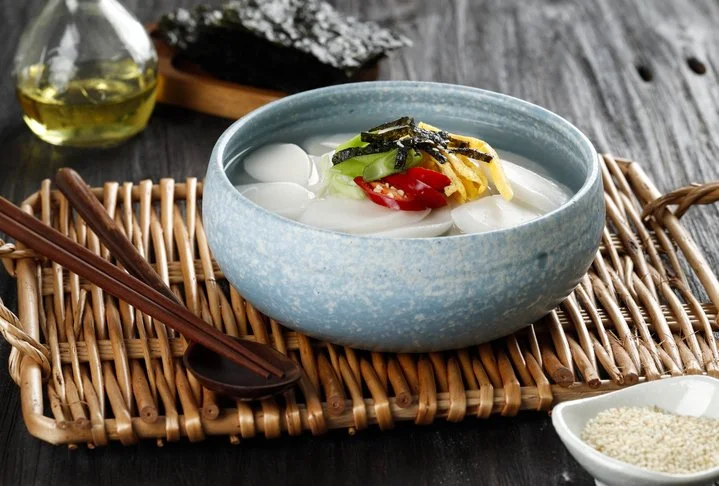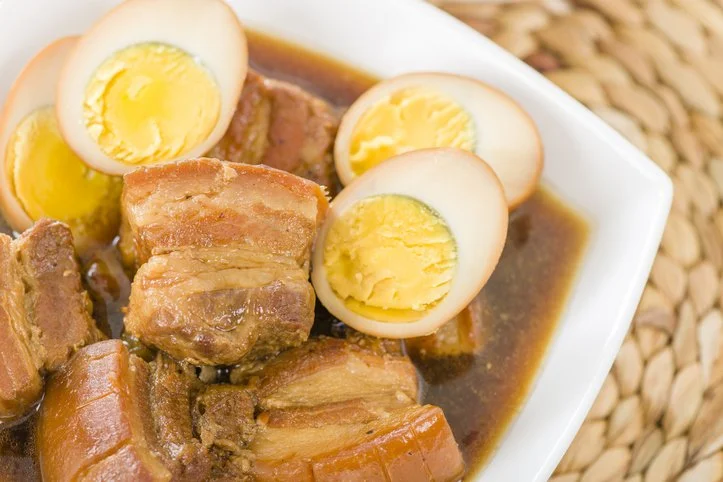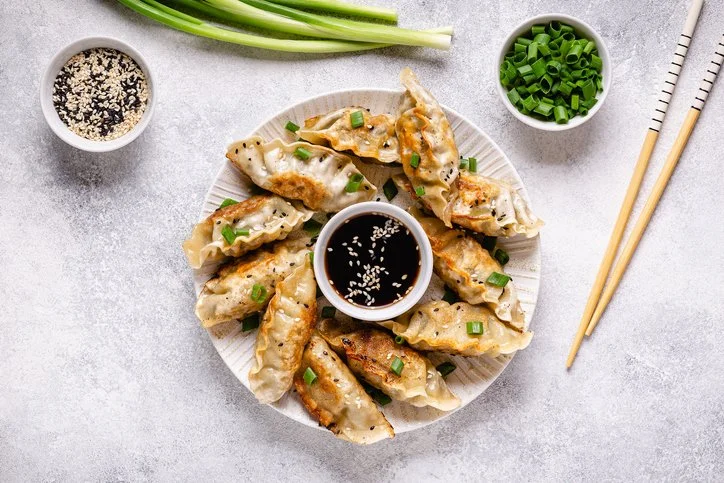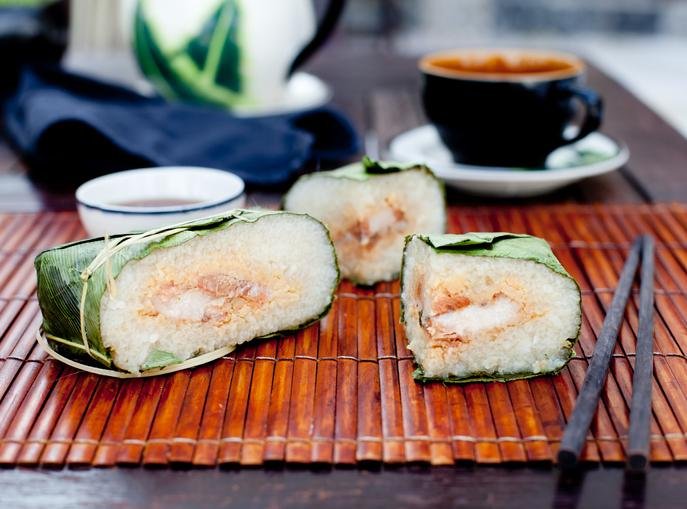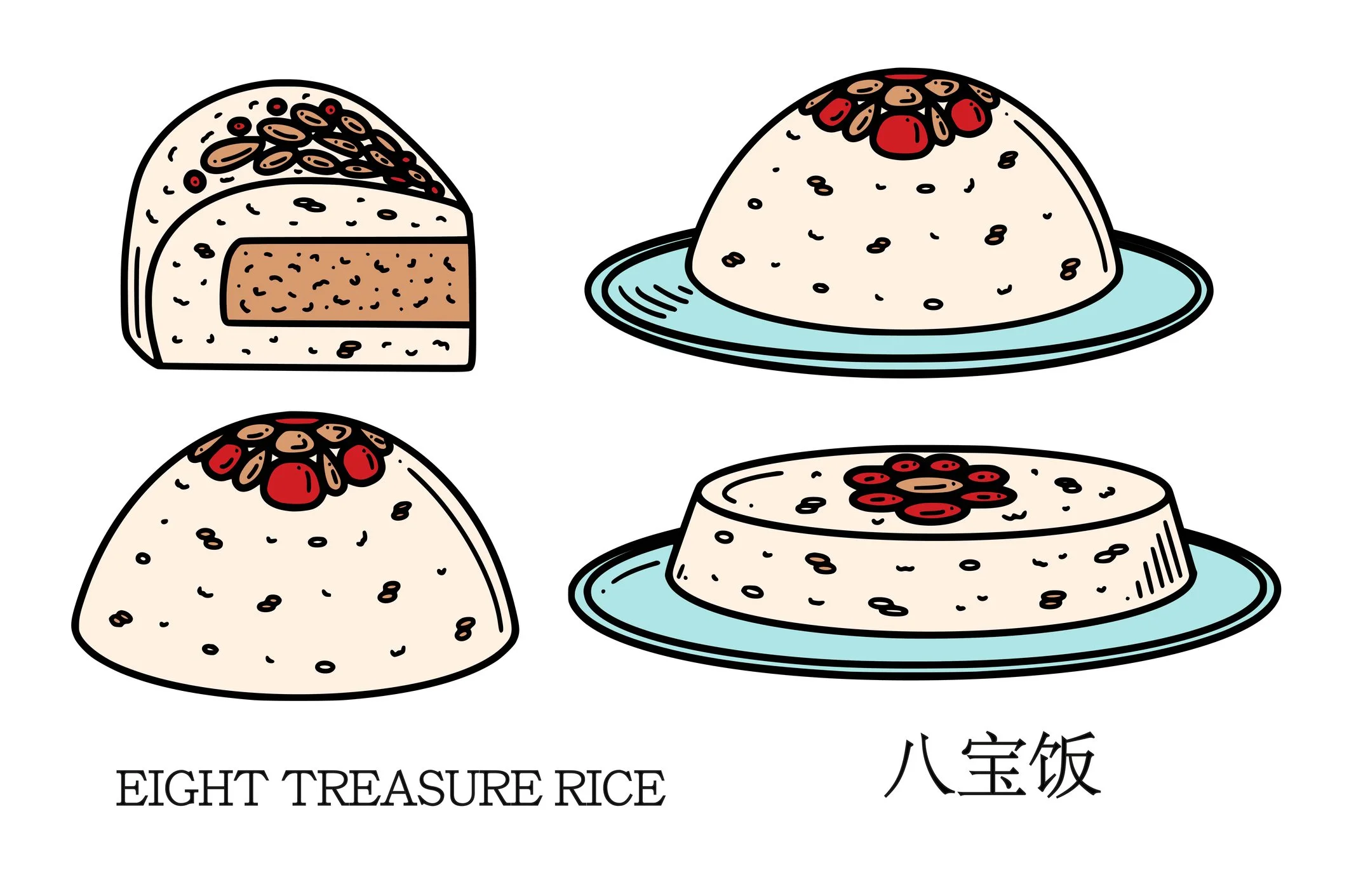What is Lunar New Year?
No holiday is more important in Chinese, Vietnamese, and Korean cultures than Lunar New Year, which this year falls on Sunday, January 22, 2023.
A key time with rich traditions, it is also known as Tet Nguyên Đán in Vietnam and Seollal in Korean culture. After fifteen days of celebration, Lunar New Year culminates in the Lantern Festival on February 5, 2023.
2023 is the Year of the Rabbit in Chinese and Korean culture, and Year of the Cat in Vietnamese culture.
Scroll down to find your Lunar Zodiac animal and horoscope, learn about the rich traditions of the holiday, and discover an array of customary recipes for the New Year.
LUCKY MONEY ENVELOPES
A New Year’s staple is red envelopes stuffed with money, which are gifted to friends and family. The rule of thumb is to gift down or up—to younger family members, or to elders, including parents.
Popular Lunar New Year Traditions
GREETINGS & WELL WISHES
The New Year is a time to gather with friends and family to wish them well. There are customary phrases bestowing luck, good fortune, and even academic and career success. Korean families perform a special deep bow called a sebae to honored elders.
DECORATIONS
Break out the lanterns and all things red, a lucky color. Decor is a major facet of the holiday, including hanging scrolls in Chinese households bearing good luck phrases, and yellow Mai flowers (ochna integerrima) in Vietnamese homes for Tet.
FOOD
Look for a family feast on Lunar New Year’s Eve. Staple dishes include noodles for longevity, jiaozi dumplings for wealth, and pork for strength.
OTHER TRADITIONS
It’s best to start the New Year with a clean slate, and a clean house. Dust, wipe, and organize but be careful not to break anything. Bad luck may follow, according to superstition.
Lunar New Year Recipes
Spin the concept of pancake on it's head with this savory skewer variation, a Korean holiday staple. Pasanjeok combines green onion, carrot, and beef sliced thin, skewered and pan-fried like pancakes.
Learn to make authentic ground pork and shrimp Vietnamese fried spring rolls, or Chả giò, which are a fun addition to any spread, whether for Tet or any other day of the year!
Pork belly on the table symbolizes prosperity, and if you've got a rice cooker handy, you can whip up this salty, sweet, delicious recipe surprisingly quick.
SAVORY MAINS & SIDES
Korean rice cake soup, or tteokguk, is a New Year's tradition made with sliced rice cakes typically in beef broth. Often used in charye, where offerings are made to ancestors, the soup can be topped with scallions, seaweed, or egg jidan (sliced egg crepe).
Preparing a whole steamed fish is critical for a Chinese New Year feast, as the Chinese word for fish is pronounced exactly like the word for abundance--representing a New Year full of abundance. On the table setting, the head of the fish should face the oldest person or most distinguished guest, as a sign of respect.
In Vietnamese culture, to represent abundance for Tet and the New Year, a whole chicken (or gà luộc) is boiled until it's a shiny yellow--and if rendered with no tears in the skin, this brings extra tidings of good luck.
CUSTOMARY DESSERTS
Long life noodles, or yī miàn/伊面, are a staple at Chinese celebrations, for they symbolize longevity. Usually served with Chinese garlic chives and mushrooms, yi mein dough is made with soda water and are then deep-fried before they are dried, making for a salty, spongy, delicious final noodle.
A bit labor intensive but oh-so-rewarding, Chinese dumplings, or Jiaozi, are a must-have for any Lunar New Year table (or year-round, if we're being honest. Pan fry them for extra crunch and dip in a homemade dipping sauce.
For many, it's not Tet without bowls and bowls of Thit Kho Trung, or braised pork belly with hard boiled eggs. Combined with a flavorful, tangy broth fish and soy sauce, this is a savory, salty, sweet treat.
Every ingredient in Buddha's Delight is symbolic, making it a staple in Chinese households for Lunar New Year--it's also vegetarian! It can include anywhere from 10 to 20 auspicious ingredients, such as bamboo shoots (wealth/new beginnings), cabbage (prosperity), carrots (luck), shiitakes (opportunity), fried tofu (gold), snow peas and water chestnuts (unity), and noodles (longevity).
Calling soup and savory lovers: Mandu-guk, or dumpling soup, features tangy sweet shrimp and chive dumplings in a garlicy beef brisket stock. Dumplings are a must-have on Korean tables for Seollal, and the flavorful broth dials the dish up to eleven!
Korean Yaksik combines sweet rice with nuts, dried fruit, and pine nuts bonded together with a savory-sticky-sweet combination of soy sauce, sesame oil, brown sugar, and honey. Healthy and filling, the most traditional nuts & fruits used in Korea are chestnuts and dried jujubes.
You'll always find a sweets tray with fruity gummy candies in Vietnamese homes during Tet. Called mứt, roughly translated to jam, many things can be candied, from traditional fruit to things like sweet potato and rose petals.
Banh Tet, or sticky rice and mung bean cakes, are a staple for Tet, as the name implies. They can be made sweet or savory, but we like this savory version featuring mung bean and pork belly. Using glutinous (or sticky) rice, the classic log shape is formed using banana leaves which are then wrapped with string and cooked in a large pot.
Chinese New Year culminates in the Lantern Festival, and a staple food is also a treat for dessert: tang yuan, which are sweet rice balls with black sesame filling.
Why not finish off your meal and start the New Year with a Korean dessert drink. Sujeonggwa is a sweet rice cinnamon punch that can be served hot or cold.
If you love sticky rice, this Chinese Lunar New Year dessert staple is a must-try. Eight Treasure Sticky Rice is sticky, sweet and nutty and this variation has an extra dimension of a dark brown sugar glaze.
Add some Vietnamese fruit jam, or Mứt dẻo, to the table for a perfectly sticky-sweet bite after a big New year meal.

